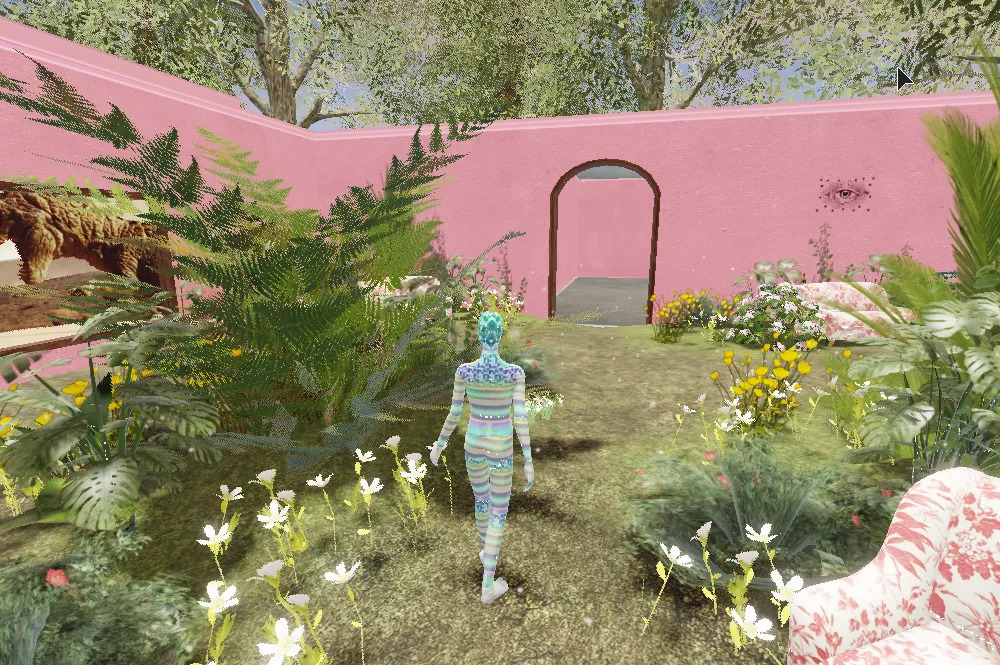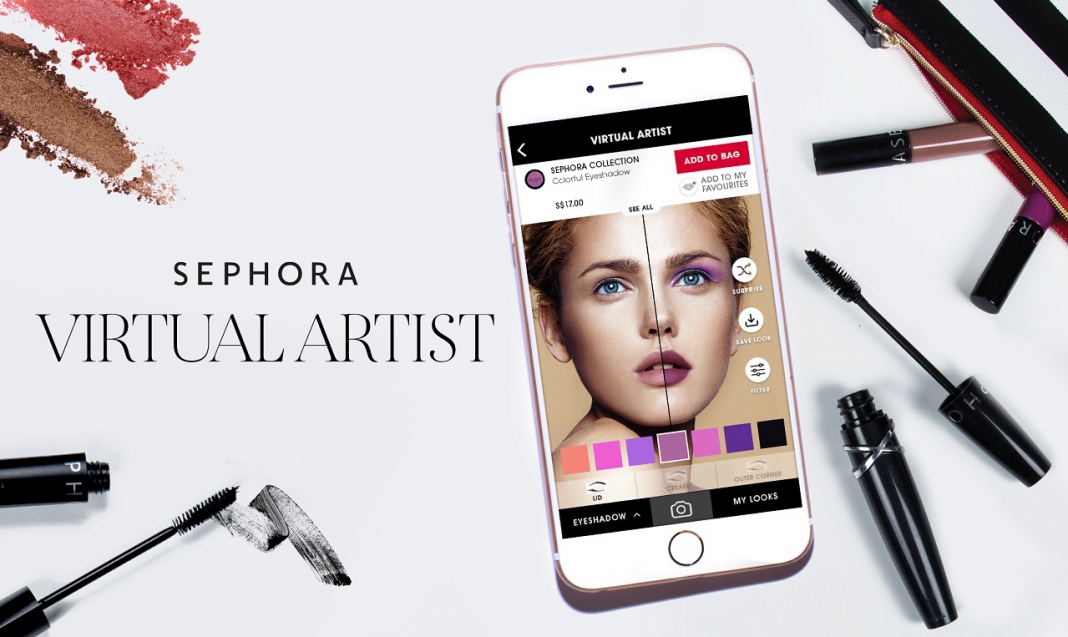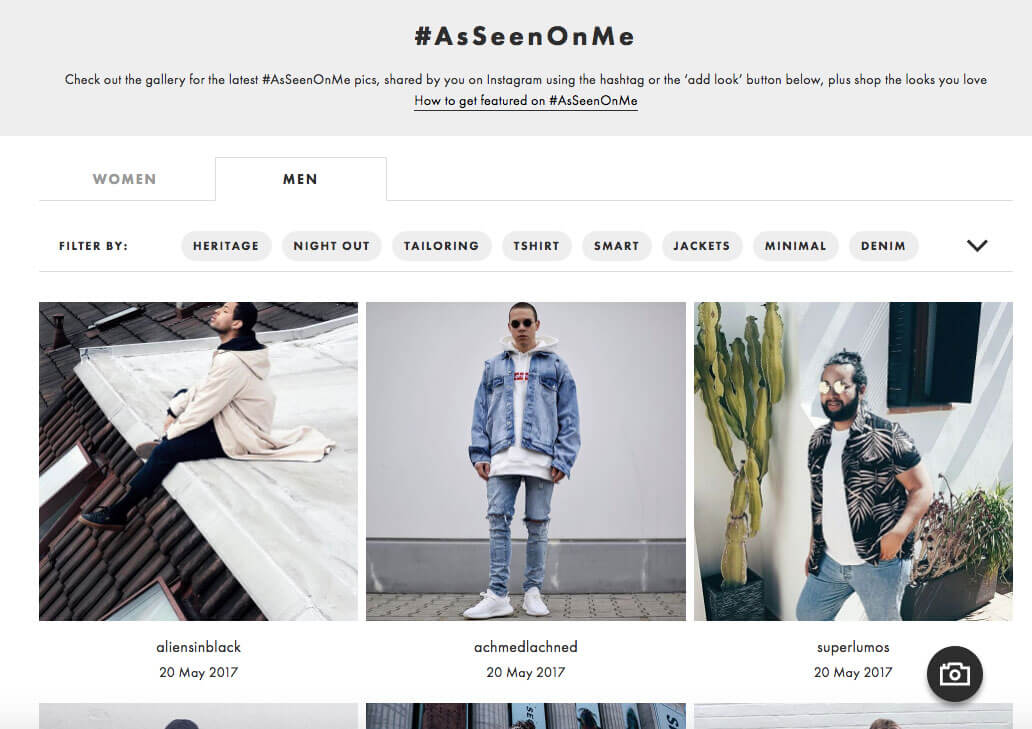Embracing virtual experiences for your brand, who’s #nailingit?
A sense of community remains one of the most important parts of life for most humans…especially after spending the last 2.5 years being unable to physically interact with people in ways we were familiar with. Clever brands are creating supportive and truly enriching communities both on and offline. With the digital landscape changing fairly quickly – think AR, VR, AI, Blockchain, the Metaverse, Web3.0 and whatever else is just around the corner – fostering and building an engaged online following is not as straightforward as it once was (i.e. make sure you have social and a mobile site).
Let’s take a look at some brands engaging in interesting ways virtually.
1. GUCCI x ROBLOX
Roblox is an augmented ‘experience’ platform where users can play platform-built games or visit virtual recreations of real life venues (like the shopping mall from Stranger Things). It’s not surprising that the platform really took off during the pandemic when freedom to meet new people and explore our physical world was limited. What Roblox did was create a space for people to connect virtually, when they couldn’t in real life. Or now, to experience things in online communities, that they may not have access to IRL (in real life).
So where does luxury brand Gucci come into this? As a way to tap into younger markets, Gucci have created a fully virtual version of the very famous Gucci Gardens and you don’t have to buy a plane ticket to see them. All you need is a Roblox account. Conceived of Gucci’s creative director Alessandro Michele, the Roblox recreation features multiple themed rooms all celebrating iconic campaigns from the fashion house; a little like the Gucci Gardens in Florence but with one difference. The art direction isn’t restrained by the laws of physics.

2. ARIANA GRANDE
Having the opportunity to be (metaphorically) transported to another realm by the vocal gymnastics of a mega-star like Ariana Grande, have been few and far between in the last few years. People are desperate to see their favourite artists take the stage and somehow a YouTube clip from 2018 just doesn’t cut it…So what does? What about a fully immersive concert experience, with Ariana performing LIVE in a curated stage show that you can attend, from any physical location in the world? That’s what online game Fortnite offered its inhabitants and oh boy was it a huge hit. The concert features a psychedelic Ariana flying across the stage in her usual theatrical opening. This wasn’t exactly the first time something like this has happened, of course Travis Scott and Marshmallow have featured within in-game concerts, it was however the first time the concert was a standalone attraction in and of itself. This is a very clever move for a few reasons:
- It introduced new participants to the metaverse. Ariana is arguably one of the world’s most famous pop stars and if anyone (or any attraction) was going to convert those metaverse fence-sitters, then it was a true FOMO event like this.
- It brings two huge sectors of the entertainment industry together – music and gaming. Oh the places we’ll go….
- It elevates Ariana’s image. At the forefront of a new way to reach audiences, Ariana is cutting edge, relevant and…she can have any kind of show she likes – there are no physical limitations (hello, artists dream).

3. SEPHORA
With the cataclysmic rise of online shopping as a preferred choice, one could be concerned that brands or products requiring a physical presence for purchase decisions to be made, might suffer. And it wouldn’t be wrong to assume that. Makeup is one of the most obvious product segments when it comes to this barrier for purchase. It’s expensive enough that you can’t afford to get it wrong, but it’s also so individual that you really must try it on. So how does a brand overcome this? Well, Sephora seems to have it all figured out.
Enter, Sephora virtual artist. The virtual artist is an AR and AI technology that tracks and maps the features of a face while coupling it with products virtually, so the user can see what each lipstick shade, blush, eyeshadow looks like on their face without having to physically be in store. Magic.

4. BRAND-LED MARKETING
The days of interrupting people and calling it ‘advertising’ are well and truly over. Today, the goal is to be the content they don’t want to be interrupted from. Every step of the way you need to be thinking about your audience front and centre — you need a deep understanding of them and to build your marketing around delivering them value. You need to be weaving in your story across both time and place to create an evolving, meaningful relationship. These principles apply no matter what channel or shiny new technology emerges. When considering trying something new make sure that if fundamentally aligns with who you are and what you stand for.
5. ASOS
In a world where content is key, but also resource-heavy to create, how do you make great and engaging content efficiently as a brand? You do something like ASOS did, with their #AsSeenOnMe campaign.
The campaign prompted everyone, anyone and their dog (ok maybe not their dog but if ASOS made pooch-wear, they’d probably have been included too), to post photos of themselves decked out in ASOS gear with the hashtag #AsSeenOnMe. A select few lucky winners would be catapulted from social media obscurity to become stars of the brand’s own profile (that boasts 7.5M followers). Granted, for something like this to work you kind of need to have that massive profile as leverage. Even so, it’s a simple and clever way to engage with Instagram as a platform, cut through the noise and get some high engagement rates and brand awareness…all without having to create a single piece of content yourself.

6. BUT WHAT ABOUT B2B?
If the above examples are anything to go by, immersive experience should be a very real consideration for your marketing activity (if not already). We’ve seen how B2C brands approach marketing in the Metaverse but what about B2B? There are several reasons why B2B could benefit from this kind of activity as well…
Reaching new customers
Engaging with new clients is always a win. Finding a way to cut through the noise of social advertising though has been and continues to be a challenge. We know that people like new ‘shiny’ things, like the metaverse. So working with new technologies to reach your audience is well-worth the resource. Especially if your target audience are Gen-Zers who — according to this recent study — are fully embracing all things Metaverse. So meet your people where they’re playing. As the Metaverse continues to grow, so too will opportunities for advertising and marketing. We’ve seen the entire landscape of how we advertise evolve and change as social media has been introduced into our lives, so just imagine what new and exciting advertising models await us beyond the realm of reality.
Collaboration
We all know that things can get lost in translation via written communication. Of course there’s a real place for it in digital marketing, and a lot of B2B brands do it really well because they’ve got a very distinctive tone of voice that they use confidently and clear messaging. However, you never can really replace IRL conversation…or can you? In the Metaverse, anything is possible. Face to face collaborations and networking events don’t have to be at a physical location anymore. Two non-competing brands could run co-branded experiences in the Metaverse to target the same audience and leverage each other’s reach. And some B2B companies have already started doing this, take Cisco’s virtual trade show as a precursor and inspiration.
Employee productivity
Meta-based training simulations allow employees to learn new skills, faster and in a fully immersive environment. So for anyone a little fatigued by the Zoom-style webinar, this is a great way to reinvigorate your people to get excited about up-skilling and at the same time, enrich your brand with new knowledge. So, there are many reasons to dive into the Metaverse and some great examples of when brands do it well. We hope this has been both insightful and inspiring. As always, if you have a topic you’d like us to tackle, contact us and let us know.









